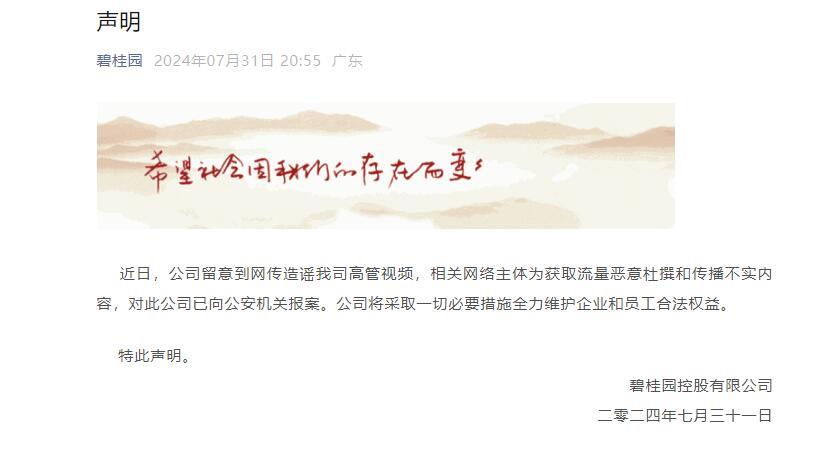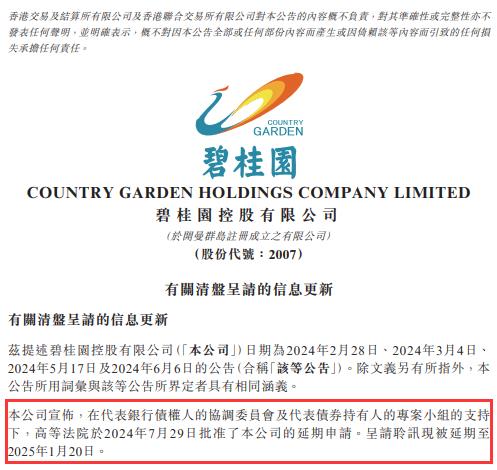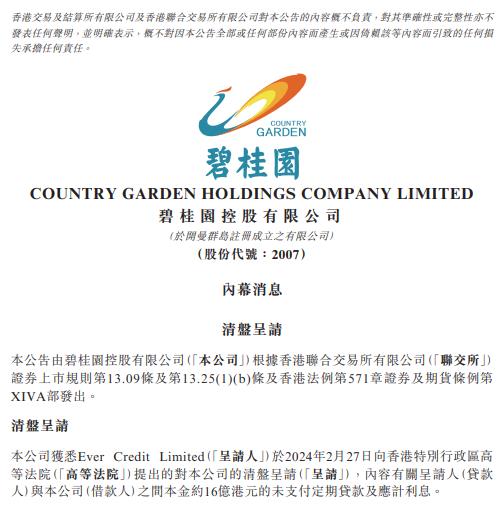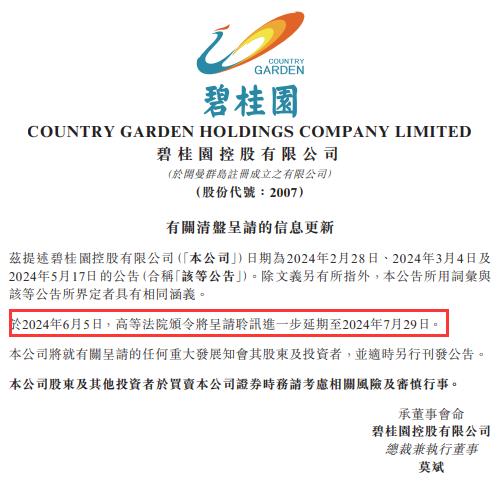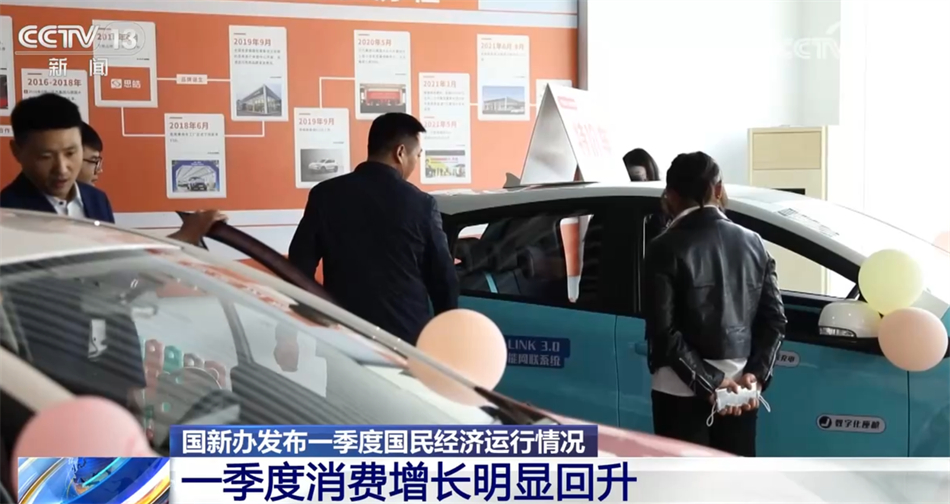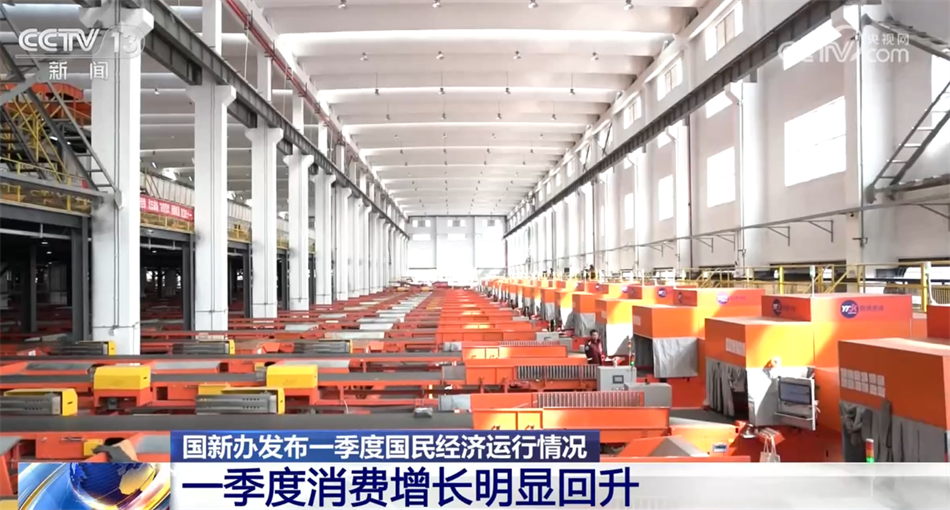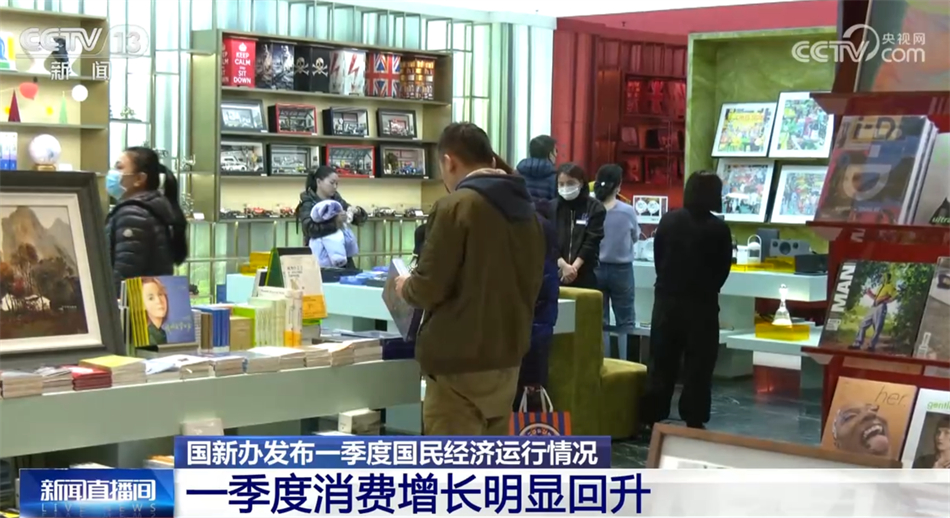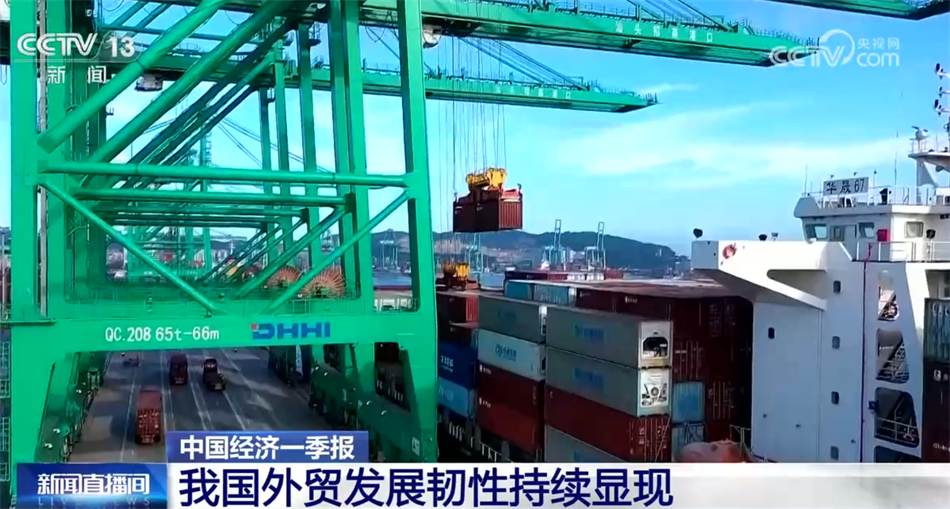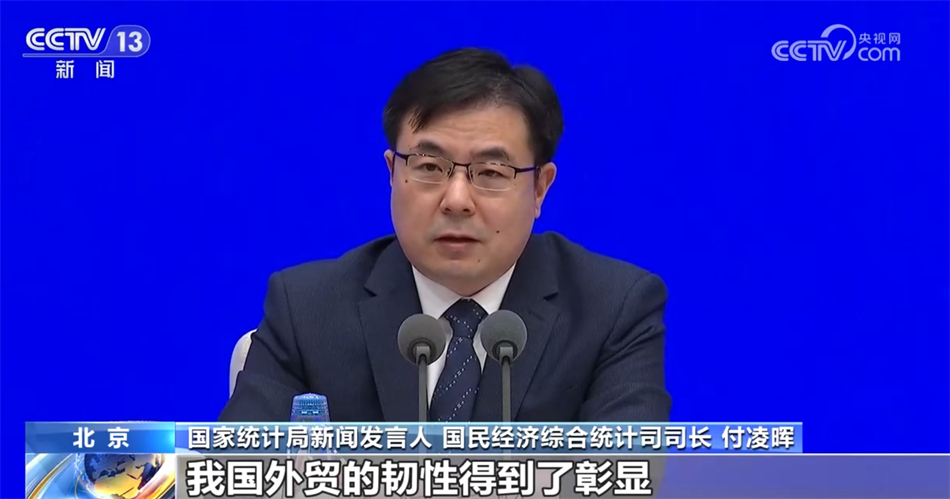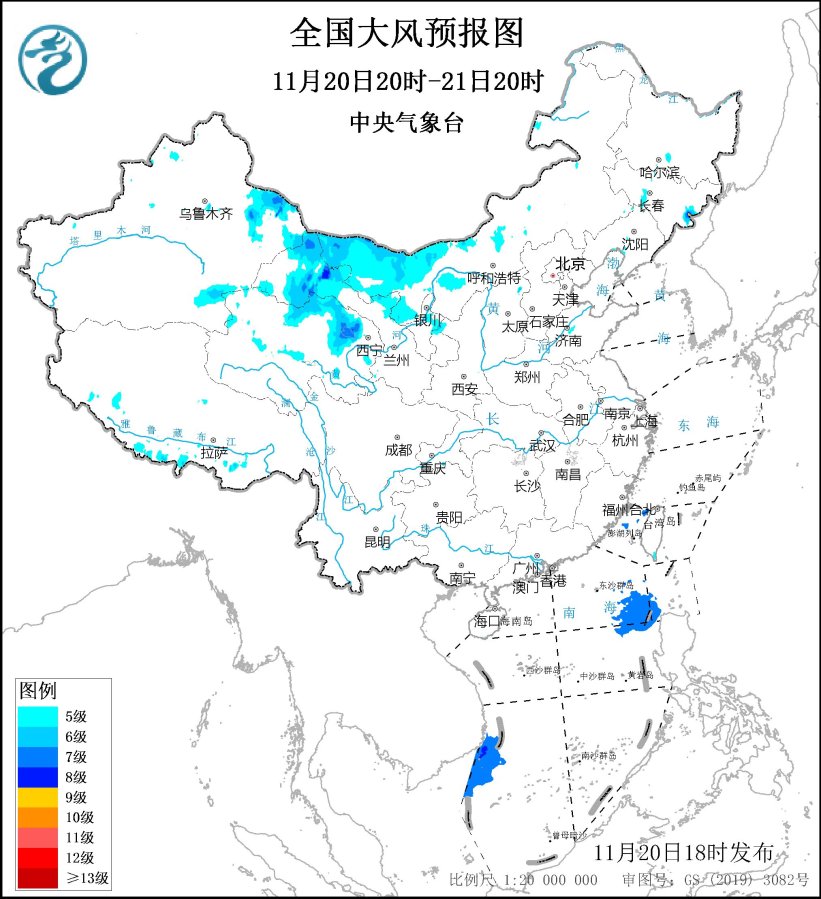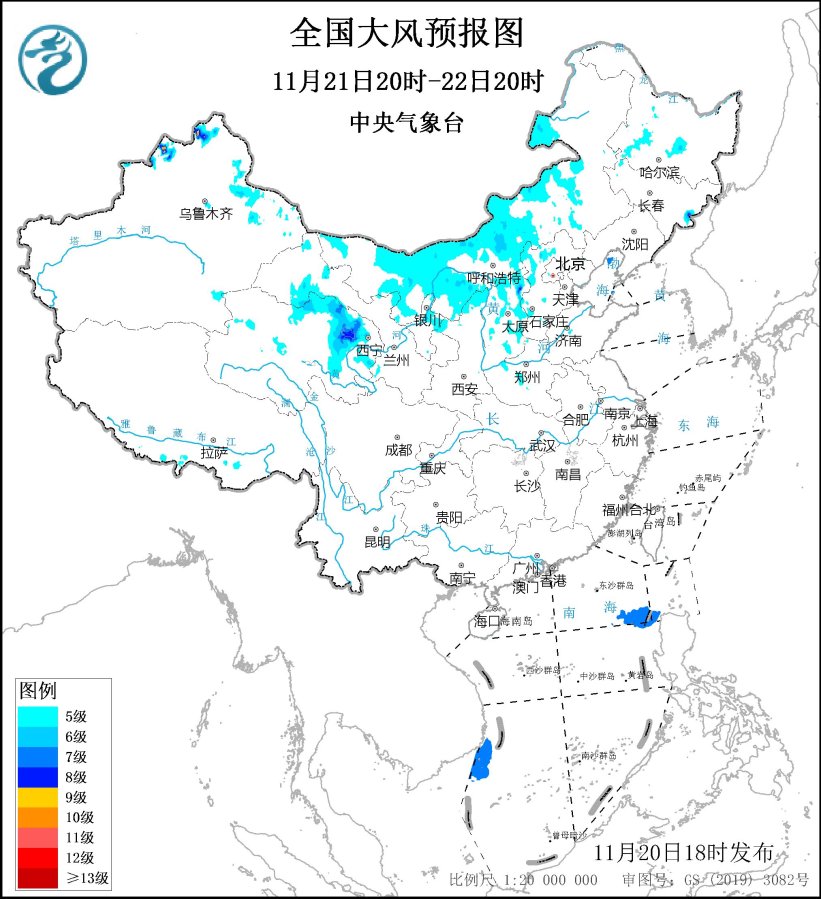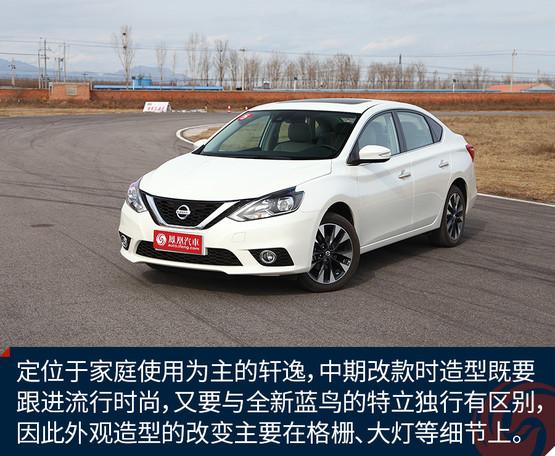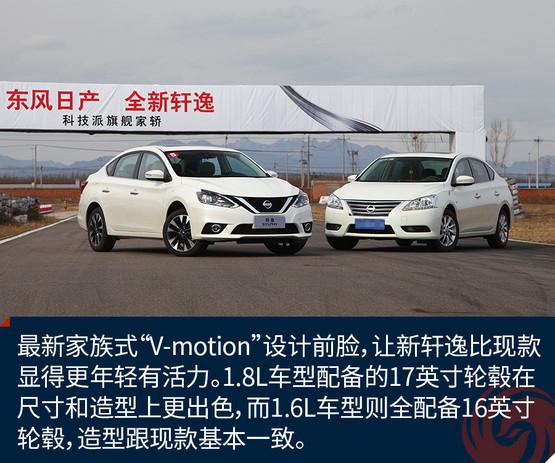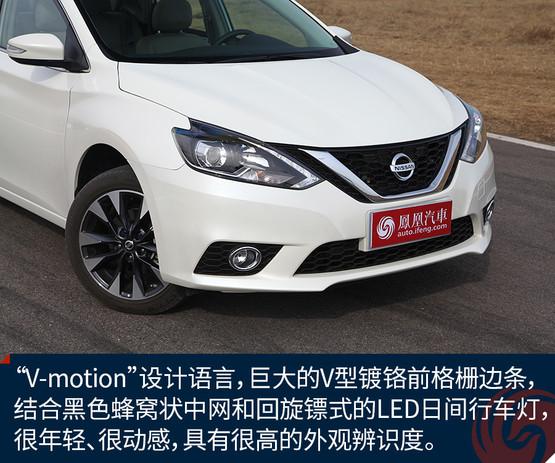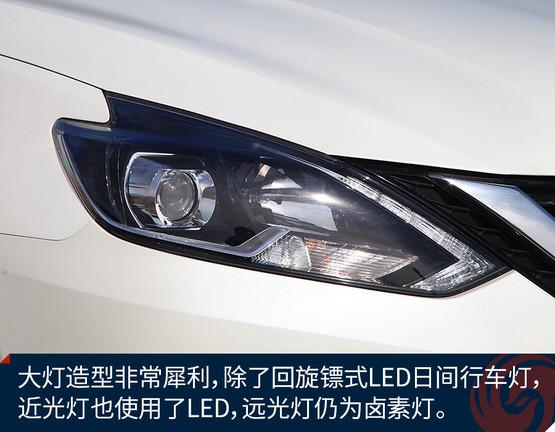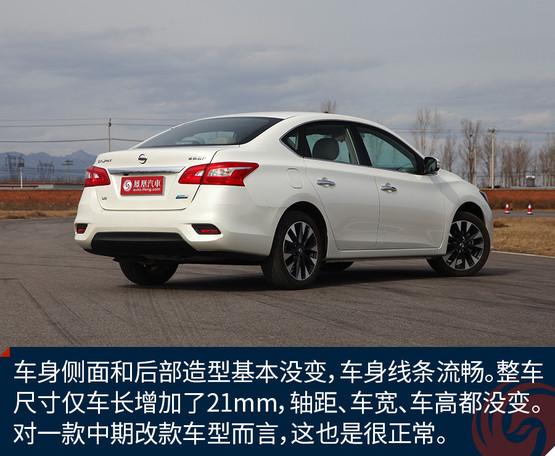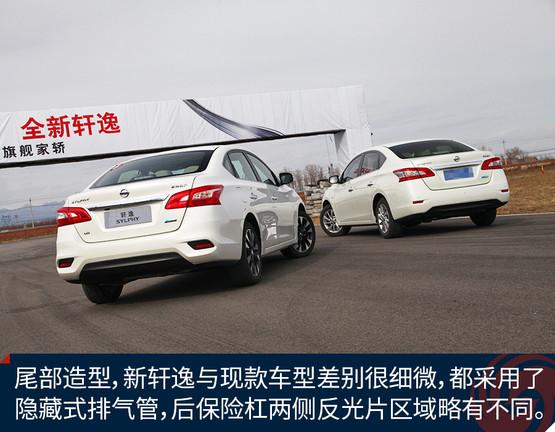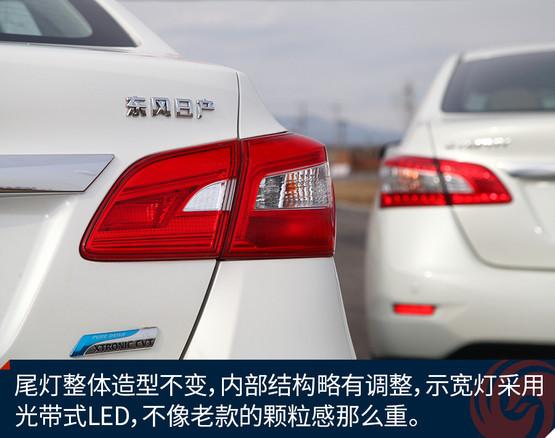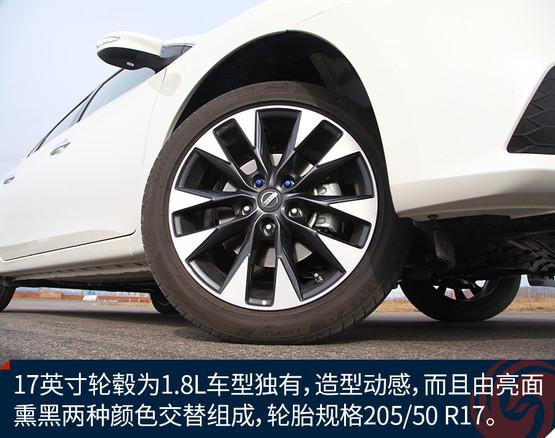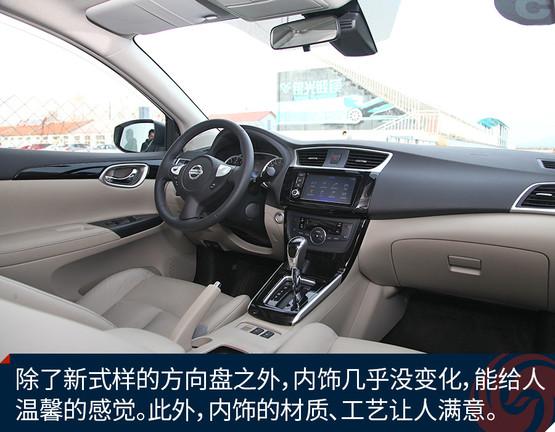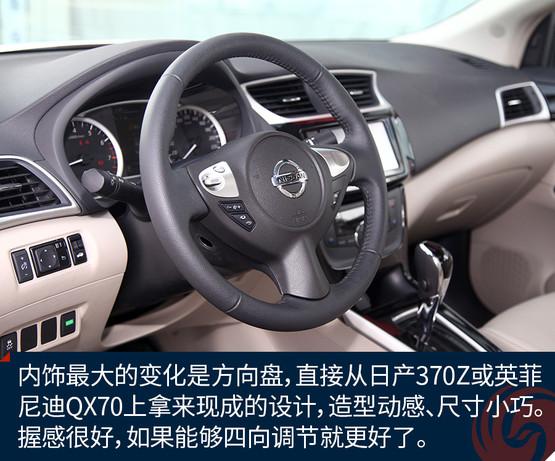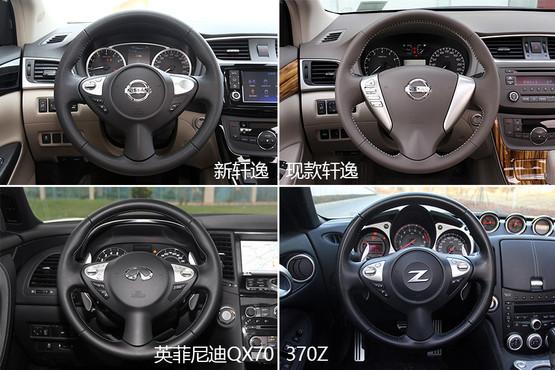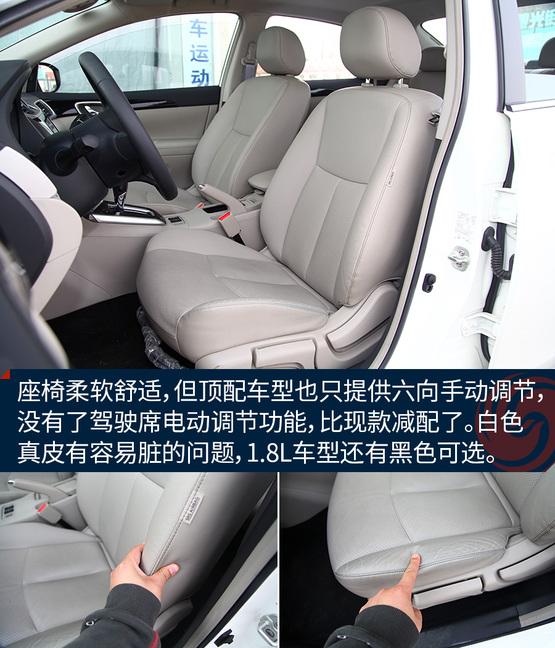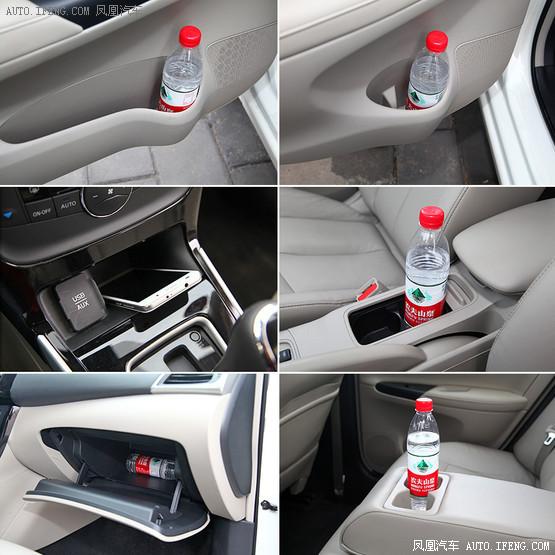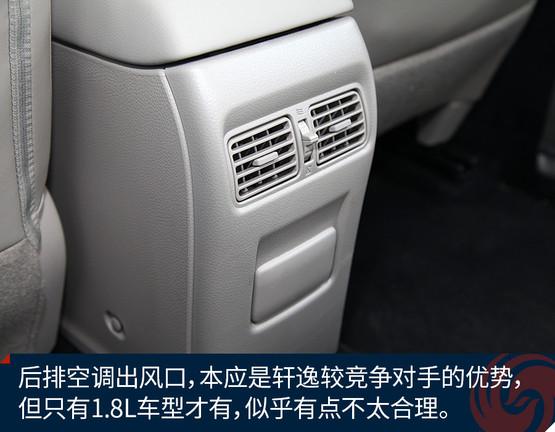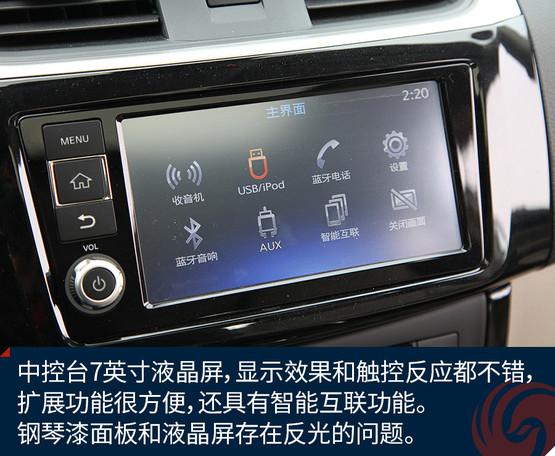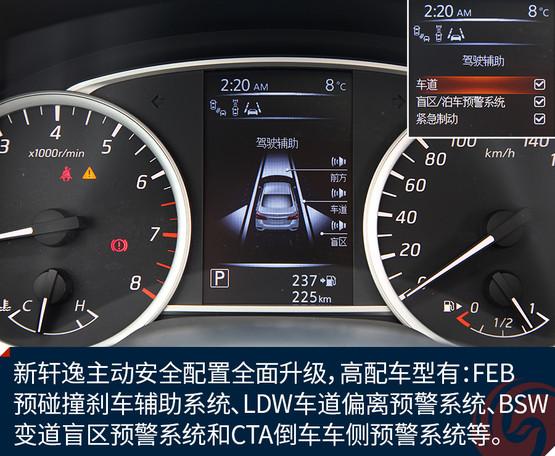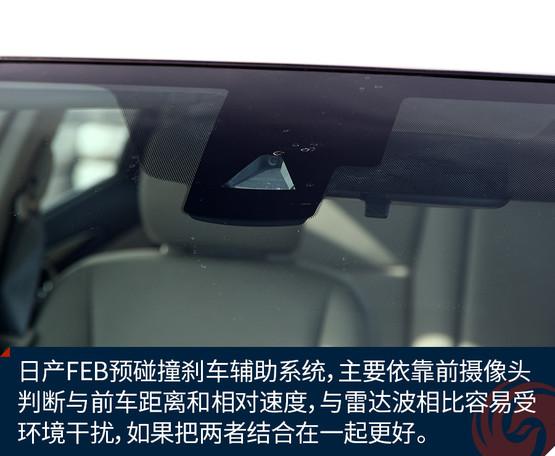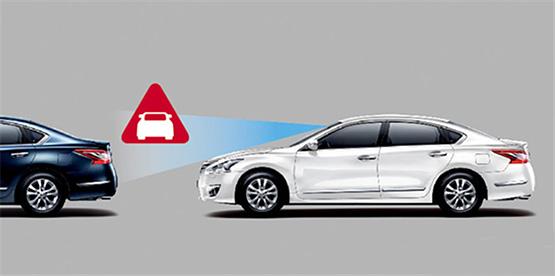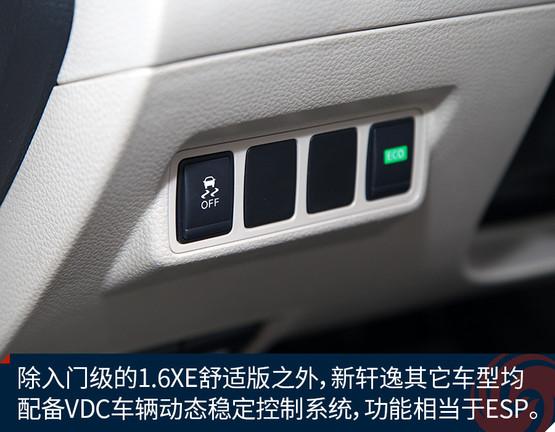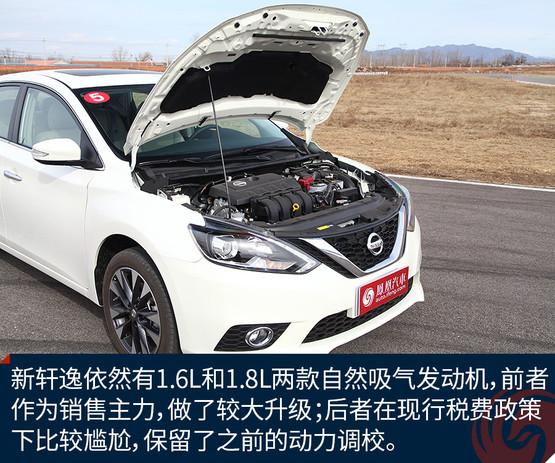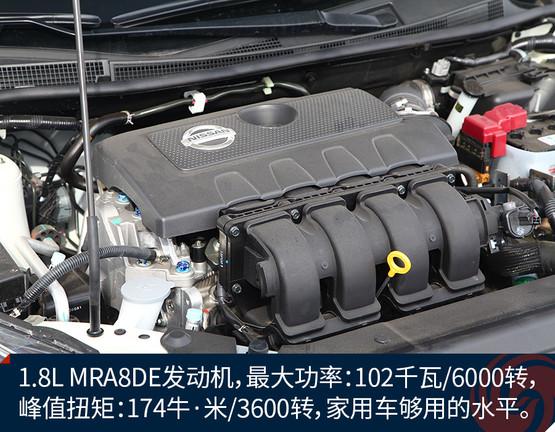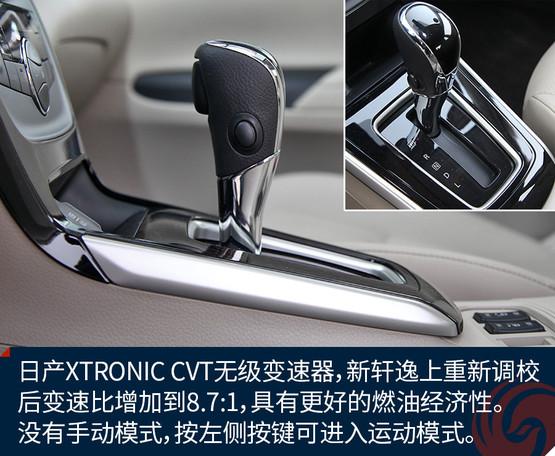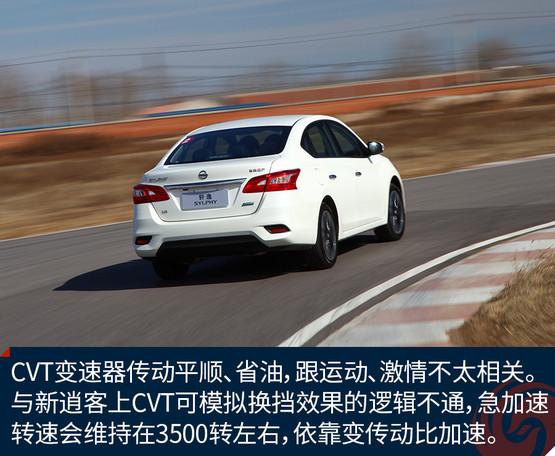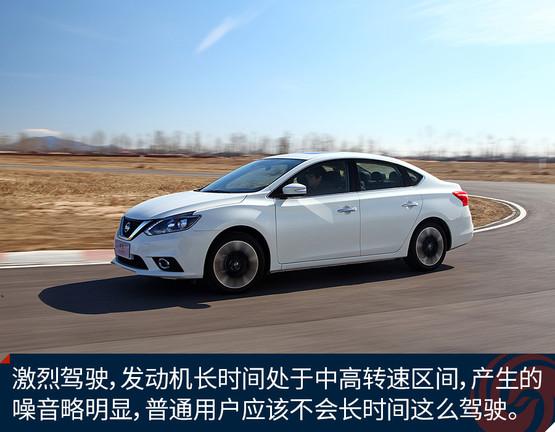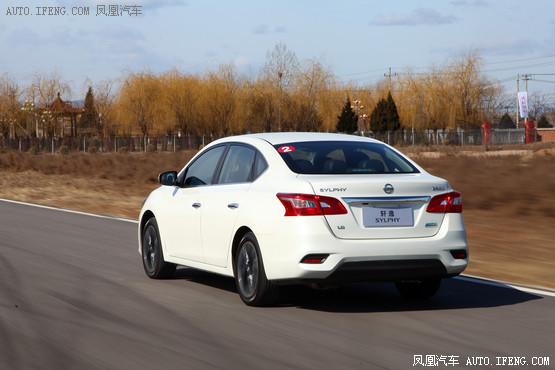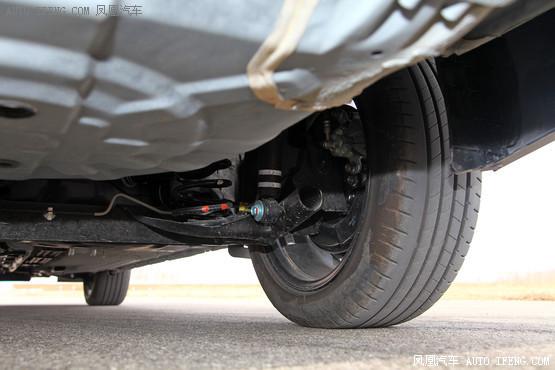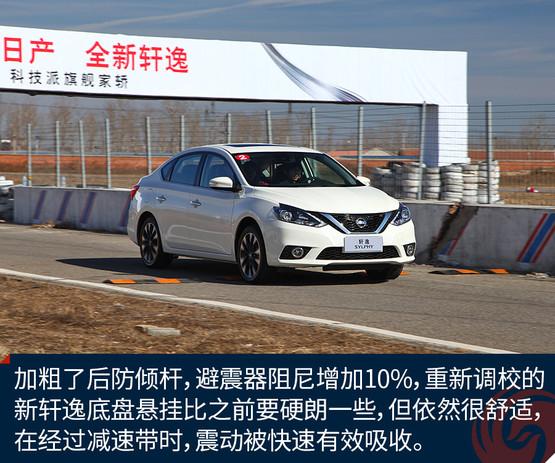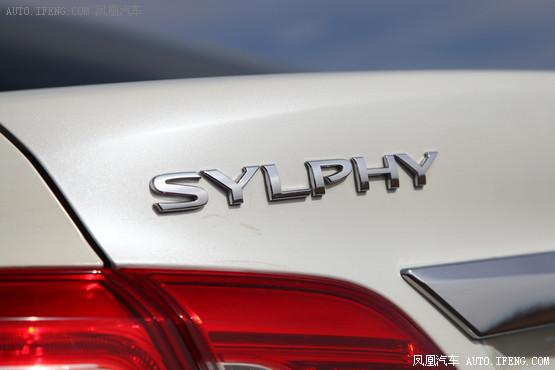Xinhua News Agency, Beijing, November 9th
Editor’s note:
After years of development, China’s e-commerce has become an important force to improve the quality and efficiency of economic operation and promote the adjustment of industrial structure. At the same time, it can not be ignored that the phenomenon of fake goods, the crisis of honesty, the lack of norms and tax disputes not only plague this industry, but also bring some hidden worries to its vigorous development.
At the time of economic transformation and upgrading in China, high-quality e-commerce is especially needed. People expect it to improve the quality of products and services, help the transformation and upgrading of manufacturing industry and supply-side structural reform, and promote the higher quality development of China’s economy. Starting today, Xinhua News Agency will broadcast the manuscript for two consecutive days.
The eighth "double 11" activity came as scheduled. From e-commerce platform to e-commerce enterprises, from upstream and downstream production to warehousing management, from logistics and transportation to monetary payment, a cross-disciplinary and multi-industrial chain business war has once again been unveiled.
"double 11" is a microcosm of the rapid development of e-commerce in China. In 2014, the proportion of e-commerce in China’s social retail consumer market exceeded 10% for the first time; In 2015, the total amount of e-commerce transactions in China reached 21.8 trillion yuan, with an average annual growth rate of over 35% for five consecutive years. Although e-commerce started later than developed countries, in recent years, e-commerce has developed rapidly in terms of transaction volume, growth rate and proportion of total retail sales. China has become a veritable e-commerce country.
At the same time, it should not be ignored that problems such as fake goods, low prices, taxation, integrity and supervision have gradually plagued the development of the industry.
How does the fast-growing e-commerce industry step into the benign track of quality development? What is the current order of e-commerce market in China? Xinhua News Agency reporters went to Beijing, Zhejiang, Guangdong, Hebei, Shandong and other places for investigation, extensively visited e-commerce platforms, manufacturing and retail enterprises, consumers, experts and scholars, and sent back observation reports of e-commerce powers.
E-commerce enters the critical period of "quality improvement"-this expanding e-commerce network has profoundly changed the economic and social life, but also ushered in the "turning point" of industry development.
At 10: 00 on November 10th, Carrefour supermarkets in more than 60 cities in China will simultaneously launch the first large-scale "double 11" promotion of this multinational retail giant. In the next 36 hours, all these stores are not only open all night, but consumers can also order 23 categories of goods at a minimum price of 50% off through on-site and online shopping.
What makes Carrefour make such a change is the booming e-commerce market in China. In the next two months, the number of cities where the multinational giant runs e-commerce business in China will increase from four to seven.
During this period, from Taobao to JD.COM, from Vipshop to Suning, China’s major e-commerce platforms and tens of thousands of brand enterprises and retail institutions have tightened every nerve and prepared for a new round of online shopping wars.
In 2015, only Tmall hit a turnover of 91.2 billion yuan and 467 million express orders on November 11th. China Express Association and Cainiao Network predict that during the "double 11" this year, all online shopping data will be refreshed again, and the business volume of express delivery industry will reach 1.05 billion pieces, up 35% over the same period last year.
Behind the massive rush of express parcels and the omnipresent logistics system is the almost "explosive" development rhythm of China’s e-commerce industry. Data from the Ministry of Commerce show that in the first three quarters of this year, China’s e-commerce transaction volume has exceeded 17 trillion yuan, up more than 20% year-on-year; The national online retail sales increased by 26.1% year-on-year, of which the online retail sales of physical goods increased by 25.1% year-on-year, which was nearly 15 percentage points higher than the growth rate of total retail sales of consumer goods.
-This is a big commercial network covering all fields of the economy and the whole chain.
As a new business activity, e-commerce has widely penetrated into various fields such as society, economy, production, circulation and life in China. Haier group put forward the declaration of "don’t touch the net, you will die".
Lin Guoqiang, deputy director of Guangzhou Commercial Committee, said that as a national commercial center, e-commerce has covered all industries in Guangzhou. "E-commerce plays an important role from people’s food, clothing, housing and transportation to online matching transactions of bulk commodities"; At the just-concluded 120th Canton Fair, the "Canton Fair E-commerce Buyer APP" covered 160,000 kinds of goods of more than 20,000 exhibitors from China. Li Xiaobin, president of Canton Fair E-commerce Co., Ltd. said that this means that almost every "Made in China" exhibited can be sold to every corner of the world through mobile terminals.
-This is a development network to promote the transformation and upgrading of manufacturing industry and build competitiveness.
E-commerce combines network information technology with real economy, which greatly improves the informatization level of manufacturing industry and promotes the reform of production mode.
In Foshan, Midea Group, a home appliance giant, transformed its old factory into a special e-commerce office area, where hundreds of young people were busy preparing for the "double 11" for more than half a month. Wu Haiquan, general manager of Midea Group E-commerce Co., Ltd. said that it is estimated that Midea’s sales in e-commerce channels will reach 21.6 billion yuan this year, accounting for more than 20% of the total sales of the group, making it one of the fastest growing business areas.
"E-commerce has changed the original layer-by-layer domestic sales system and solved the logistics problem. At the same time, big data has also provided great help to the R&D and design of enterprises." He said.
-this is still a sharing network that will penetrate into every remote corner and provide convenient consumption for the people.
Compared with traditional commerce, e-commerce enriches the circulation channels of goods and improves the circulation speed. In Helan County, Ningxia, the rural Taobao service station of Jingxing Farm has only been in operation for more than seven months, and it has helped local farmers to buy all kinds of goods with a total value of 3.3 million yuan, including clothes and cars.
"Through the unified national market and logistics channels, excellent goods can be quickly sold to the whole country and even the whole world, which objectively promotes the transparency of consumption." Meng Yuehui, executive director of China Market Economy Research Association and executive deputy director of Market Information Working Committee, said.
On the one hand, it is the marketing process of e-commerce. On the other hand, the reporter found in the investigation that the industry is also undergoing deep changes.
Compared with the climax of capital burning money in previous years, the e-commerce industry is entering a bottleneck period and a transition period in which the growth rate is gradually slowing down, the pattern is relatively solidified and the competition is significantly intensified. Many people admit that the dividends released by e-commerce have gradually receded, and the development of the industry has also ushered in an "inflection point".
-The growth rate of industrial scale continued to slow down. Statistics from the National Bureau of Statistics show that in the first three quarters of this year, China’s online retail sales amounted to 3,465.1 billion yuan, with a growth rate of 26.1%, which was 10.1 percentage points slower than the same period of the previous year.
Judging from the turnover of domestic e-commerce giants, Alibaba Group’s financial report shows that the total turnover of platforms in 2014 increased by 47% year-on-year; In fiscal year 2016, the platform turnover increased by 27% year-on-year; Feng Jia Lu, vice president of Vipshop, said, "The sales of enterprises increased by more than 100% last year, but as the base reached a high level, it is currently growing at a rate of 40% to 50%."
-industrial competition is intensifying. During the visit, local manufacturing enterprises and small and medium-sized e-commerce companies generally believe that compared with before 2014, the competition in the domestic e-commerce field has obviously intensified since 2015. Zhang Jinpeng, Secretary-General of longjiang town E-commerce Association in Shunde District, Foshan City, Guangdong Province, said that the family workshop-style e-commerce that used to be started by three or four people has disappeared, but now there are "medium-sized e-commerce" with a scale of 30 to 40 people in the local area, and the industrial concentration is constantly improving.
-The pattern of e-commerce is relatively solidified. After years of cultivation, the competition pattern of e-commerce in China has basically taken shape. The major platforms such as Taobao, JD.COM, Vipshop and Suning have basically divided up the market. Together with some vertical e-commerce, the commodity prices and services provided have constituted the market barriers, forming an "oligopoly" era. (Reporter Wang Min, Wang Pan, Guo Yujing, Gao Kang)
Don’t let the hidden worry of e-commerce become an "unbearable weight"-the industry’s chronic diseases infringe on the development of the real economy, and it is urgent to standardize and guide the "power of the wild"
The reporter found in the investigation that e-commerce is not only a powerful driving force for economic and social development, but also a "power of the wild" that needs to be standardized and guided urgently. In recent years, some problems accumulated in the industry are rapidly expanding and spreading from online to offline, which has become an "unbearable weight" in social development.
-Frequent low prices not only lower the quality of products, but even break the bottom line of some principles of economic operation, which runs counter to the direction of China manufacturing moving towards the middle and high end, and has far-reaching harm to economic development.
On the "Taobao" app, 9.9 yuan’s shirts and velvet leggings can be seen everywhere, and 19.9 yuan dresses and cotton-padded clothes are handy …
Although e-commerce relies on low prices to attract consumers quickly, however, the price war has plunged more businesses into the mire of vicious competition, and affected the upstream and downstream of the manufacturing industry, causing fatal damage to the business environment and industrial base.
Baigou Town, Hebei Province is a famous commercial town in the north, which is famous for its luggage business. In recent years, some online merchants here are personally feeling that the product prices and quality of self-operated online stores are gradually declining. In order to win the low-end market, the factories that supply them will reduce the cost and the quality of materials. Even so, the operating profit is still very thin, and it becomes difficult to maintain profit.
The owner of a home appliance company in Shunde said that e-commerce began to expand wildly in 2009, but up to now, a large number of enterprises around him have suffered heavy losses in the market environment of vicious competition at low prices, and even formed a wave of bankruptcy. "Enterprises that can’t do a good job in brand and user service are hard to survive."
-The rampant counterfeit goods not only harm the interests of consumers, but also bring the effect of "bad money drives out good money" in the economic chain, which eventually leads to the lack of environment and foundation for selling real goods.
In recent years, major Internet e-commerce platforms have stepped up anti-counterfeiting efforts, but in the vast Internet market, many consumers still suffer from counterfeit and shoddy goods. In November 2016, the General Administration of Quality Supervision, Inspection and Quarantine (AQSIQ) adopted the method of "mysterious buyers" buying samples from e-commerce platforms, and randomly selected 571 batches of products produced by 535 enterprises, covering 11 categories including clothing, small household appliances, bedding and backpacks. Among them, 99 batches of unqualified products were detected, and the detection rate of unqualified products was 17.3%.
Wu Haiquan said that in recent years, Midea has found in the market that in addition to its own Little Swan appliances, there are also "Little Goose" appliances on the Internet, and there have also been "Whitening Spoon" brands. Enterprises have repeatedly complained to relevant associations and platforms, and internal anti-counterfeiting departments have also listed the network field as the key focus.
-Price fraud seriously interferes with social and economic order, undermines normal market competition, violates the principle of fair, open and just competition, and even damages the trust between people, which is not conducive to the construction of an honest society.
To the shock of Ms. Lu, a Beijing consumer, a down jacket that she put in the shopping cart early on Tmall usually costs more than 2,000 yuan, but it suddenly rose to nearly 3,000 yuan on the eve of double 11 this year. The original price before the discount was more than 5,000 yuan, and the previous comments on this product were gone.
According to a previous monitoring data of the industrial and commercial department, 52.99% of the commodities participating in the "Double Eleven" promotion in 2015 first rose and then fell, and 54.6% of the commodity prices actually rose. The price increase of a few commodities is as high as more than 200%.
On November 7, the State Administration for Industry and Commerce held a symposium on regulating the administrative guidance of centralized online promotion activities. Gan Lin, deputy director, pointed out that the organizers and operators of promotion activities should abide by the norms of promotion activities, and should not increase prices first and then discount them, and take the opportunity to shoddy and fake them.
-Sweeping a single letter has created a false business order, deceived consumers, and formed a gray interest chain, eroding the profits of small and medium-sized businesses.
When shopping online, people will refer to the credit rating of online stores or consumers’ evaluation of merchants. Some merchants deliberately use a large number of online virtual transactions to speculate on credit, and even professional and specialized speculation organizations appear. There is a saying that "ten Taobao and nine brushes", the severity of brushing on the online shopping platform can be imagined.
What is shocking is that a small electrical appliance manufacturer in Foshan expressed his helplessness: "The phenomenon of brushing the bill still exists. Everyone knows that it is a false transaction volume, but everyone has to play with the platform." It is understood that there are advertisements on QQ group, WeChat and Baidu everywhere. Behind this "gray business", there are also some online scammers.
Zhang Yuan, a staff member of Alibaba’s public relations department, said that Ali also monitored a large number of brushing behaviors, and even found many problems in brushing a single roll, but there was no legal ruling on those who were caught by us. "We also call for the formation of a social consensus to jointly crack down on brushing behavior."
Experts in the industry pointed out that the essence of speculation is "family rules". In order to maintain their own ecosystem operation, some e-commerce platforms rank online searches by bidding in order to obtain high promotion fees. Small and medium-sized businesses can only choose to follow such rules of the game, so that profits are swallowed up.
—— Carnival feast, overdraft consumption, high enterprise inventory, increased waste of resources by returning goods, and congested logistics and distribution, which caused a series of problems.
A veteran of the regulatory authorities revealed that the online transaction volume announced by the "double 11" e-commerce platform reached hundreds of billions of yuan last year, but no one knows the authenticity of these data. The regulatory authorities did not grasp the real data of e-commerce transactions from the e-commerce platform. During the "Double Eleven" period, the phenomenon of "brushing the bill" was more serious, and the return rate increased sharply after the promotion. Excluding these two aspects, there should be a big gap between the actual transaction data of "Double 1" and the data released unilaterally by e-commerce companies.
A person in charge of a company in Foshan said that the company predicted that the sales of "Double Eleven" this year would increase by about 35% compared with last year, but this sales meant "overdrawing sales for about two months", which was a standard way of losing money and being forced to play with the platform. "Double Eleven" has even become a "robbery day" for small and medium-sized online shop operators to be robbed of money by the platform.
"When overdraft consumption dominates, the total income of businesses and enterprises has not increased." Cao Lei, director of the China E-commerce Research Center, believes that, on the contrary, behind the high sales, the amount reduced due to billing and returning goods is also very high, and some merchants bill up to millions or even tens of millions.
—— Tax disputes reflect the essentially unfair tax environment among enterprises. The core behind it is that the regulatory authorities simply do not have the relevant data of some e-commerce platforms, and some online transactions have become "blind spots" for supervision.
According to the normal tax system, when an entity enterprise is registered with the industrial and commercial authorities, the enterprise information will be shared with the tax authorities. At present, there are three main modes of e-commerce: B2B, B2C and C2C. Large-scale B2C websites are relatively standardized as a whole, and the probability of tax evasion is low. However, there are also some online B2C and C2C businesses that do not pay taxes.
Cai Lei, vice president of JD.COM Group, pointed out that online tax evasion damages the market environment of fair competition. "For example, the profit of 3C products is very thin. The gross profit of a laptop is only tens of yuan, but if you don’t pay taxes, you will get more than 300 yuan in huge profits."
The core of the problem of non-payment of taxes is that the regulatory authorities do not have some relevant data of e-commerce platforms and registered enterprises on the platforms. It is not only a tax issue, but also the extent to which some e-commerce platforms have developed and how large the scale data is, and the outside world cannot grasp it.
The most typical example is that the number of sellers announced by Taobao Tmall platform is 10 million sellers. However, no organization or individual can tell how many there are.
According to the relevant regulations, for a large number of online C2Cs, small and micro enterprises and individual industrial and commercial households with monthly sales below 30,000 are not taxed, but the regulatory authorities cannot directly obtain the number of merchants from some e-commerce platforms, let alone the sales situation. In addition, it is difficult to determine the territorial jurisdiction of taxation and the object of taxation. Xie Bofeng, an associate professor at Renmin University of China, pointed out that the relevant departments simply can’t get the real data of online transactions from the platform, so there is no way to talk about relevant policies.
In-place supervision and service capacity building have become the current topics-effectively improving the quality of e-commerce, helping the industry to transform and upgrade, and adding luster to the healthy development of the economy.
According to the reporter’s investigation, e-commerce, as the representative of the new Internet economy, can’t solve the ecological problems today. If the supervision level and ability can’t keep up, the value of innovation and entrepreneurship will be seriously weakened.
On the actual implementation level, some heads of industrial and commercial supervision departments said that the massive commodity transactions on e-commerce platforms have brought great difficulties to supervision, and it is difficult for supervision to be timely and accurate due to the segmented supervision between various regions and departments and the lag in obtaining information through active supervision.
"At present, there is no management structure that adapts to the Internet economy." Chen Jianping, director of the online transaction supervision and management department of Beijing Administration for Industry and Commerce, said that the supervision department is beyond the reach of the virtual, wide-area and integrated online market and the reality, regionality and separation of administrative management.
Qiu Jie, secretary-general of Ningxia E-Commerce Association, said that at present, China’s policies, regulations and industry supervision in taxation, industry and commerce, intellectual property rights, consumer rights and other aspects do not match the development status of e-commerce, and the formulation and revision of policies and the upgrading of supervision means lag behind the development of e-commerce industry.
Relevant persons in charge of some regulatory authorities told reporters that at present, some platforms refuse to provide data such as customer information to regulators on the grounds of protecting trade secrets, which leads to the obstruction of complaint handling and evidence collection, and it is difficult to promote implementation. Fang Xingdong, an Internet expert, thinks that within the legal scope, the platform should open its data interface to relevant departments to realize interactive supervision.
In view of the problems in the development of e-commerce, the Ministry of Commerce has successively promulgated departmental rules and industry standards such as the Rules for the Formulation of Trading Rules for Third-party Platforms of Online Retail (Trial) and the Service Specification for Third-party E-commerce Trading Platforms to guide and standardize the behaviors of new market entities accompanying e-commerce, and carry out relevant investigations and reviews according to law.
The State Administration for Industry and Commerce has also formulated and promulgated the Measures for the Administration of Online Transactions and the Opinions on Strengthening and Standardizing the Quality Spot Check of Online Transactions. In September this year, the State Administration for Industry and Commerce also announced the "Implementation Measures for Seven-day Unreasonable Return of Goods Purchased Online (Draft for Comment)", and the improved measures will be implemented on March 15, 2017.
It is particularly noteworthy that the 29th meeting of the Central Leading Group for Comprehensively Deepening Reform held on November 1st deliberated and adopted the Guiding Opinions on Comprehensively Strengthening the Integrity Construction in the Field of E-commerce. Experts in the industry pointed out that promoting the integrity construction in the field of e-commerce is highly targeted for improving the construction of social credit system at present. Relevant parties should strengthen the credit construction of the whole process of e-commerce, improve the market-oriented evaluation system, strengthen credit supervision, and create an honest and trustworthy e-commerce development environment.
Experts in the industry also pointed out that due to the electronicization and virtuality of the network, the credit base of the e-commerce market is weak, and it is urgent to improve the ability of supervision and legislation, so that e-commerce can truly become the starting point for promoting the transformation and upgrading of the real economy, especially the manufacturing industry, and implement the supply-side reform. Tool.
Lv Zushan, member of the National People’s Congress Standing Committee (NPCSC), deputy director of the Finance and Economics Committee and head of the drafting group of e-commerce law, has publicly stated that the draft e-commerce law will be submitted to the National People’s Congress Standing Committee (NPCSC) for deliberation soon.
Happily, some places are making useful explorations. Chen Jianping introduced that the Beijing Municipal Administration of Industry and Commerce has specially launched the "Special Action against Illegal Internet Subjects in Beijing", which changed the traditional way of case investigation and peer-to-peer supervision and management to the overall containment strategy, and prompted the public in batches through mainstream browsers or search engines to reduce the living space of illegal Internet subjects.
Guan Shun, deputy director of the Economic Contract Supervision Bureau of Jilin Administration for Industry and Commerce, told the reporter that in recent years, Jilin Province has effectively promoted online and offline integrated supervision, guided enterprises in and outside the province to do a good job of filing and lighting up, improved the database of network operators, and strengthened the supervision of the online market before, during and after the event.
The reporter also found that many e-commerce companies have stepped up the pace of transformation and upgrading, increased the pursuit of quality and service, and deeply connected with the real economy.
Lan Ye, executive vice president of JD.COM Group, said that quality should be the development trend of e-commerce, which should also be the unshirkable responsibility and responsibility of e-commerce platform. In recent years, by advocating and supporting China’s brands with original design ability and accumulation, JD.COM has concentrated the promotion traffic here, and built a logistics system of inventory, sales and delivery together with excellent brand enterprises to enhance the integration of e-commerce and physical sales.
"China’s traditional e-commerce’ Golden 10 Years’ has ended. Where is the slogan for the next 10 years?" Hou Enlong, COO of Suning Yunshang, believes that the old road and single-handedness on the traditional e-commerce line will no longer work, and the future e-commerce road lies in the quality consumption of online and offline integration. Only through the innovation of technology and service mode can we really improve the quality of consumption.
According to Feng Jia Road, since July 2014, Vipshop has set up an overseas R&D center in Silicon Valley of the United States, focusing on cutting-edge technology research in the fields of artificial intelligence such as machine learning and mobile platforms in the field of big data, enhancing the core competitiveness of Internet companies and improving service quality with data drive.
During the reporter’s investigation in Guangdong, Zheng Yongnian, director of the Institute of East Asian Studies of the National University of Singapore and an economic observer, also made an investigation in Shunde during the same period. He pointed out, "China needs the real economy and the manufacturing industry, and the Internet or finance all serve the real economy. The new industry should serve the real economy, not the other way around, otherwise it will be difficult to achieve sustainable development. " (Reporters involved in writing: Gao Bo, Yu Jiaxin, Natalie, Wei Hui, Ren Wei, Gao Jing, Liu Shuo, Zhao Wenjun, Richard Chang)

